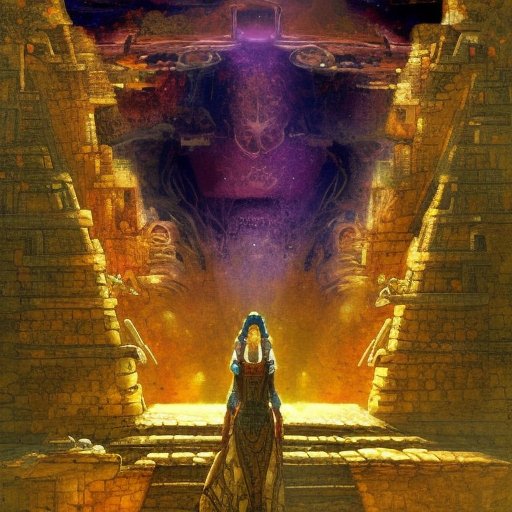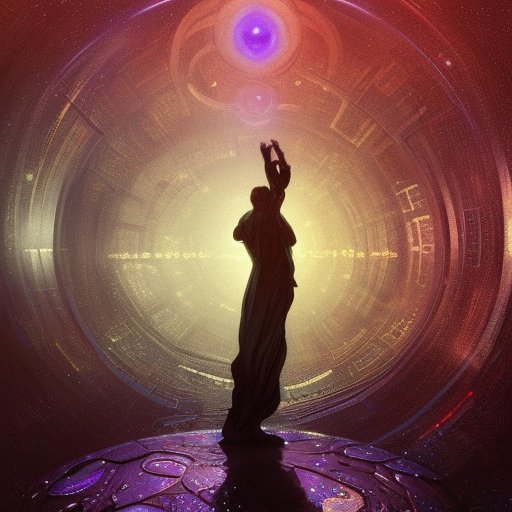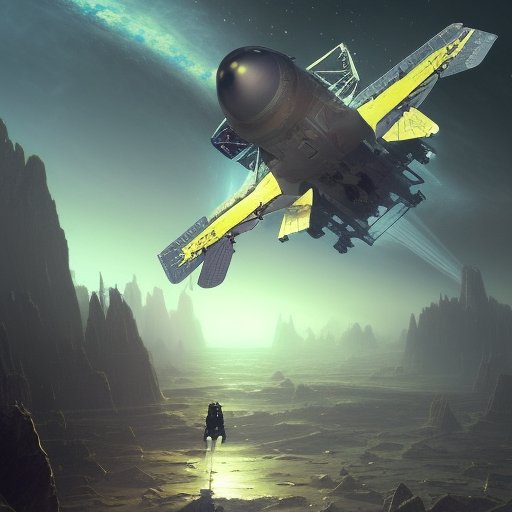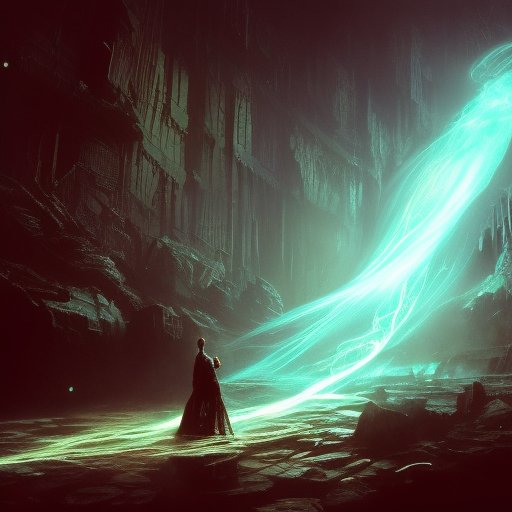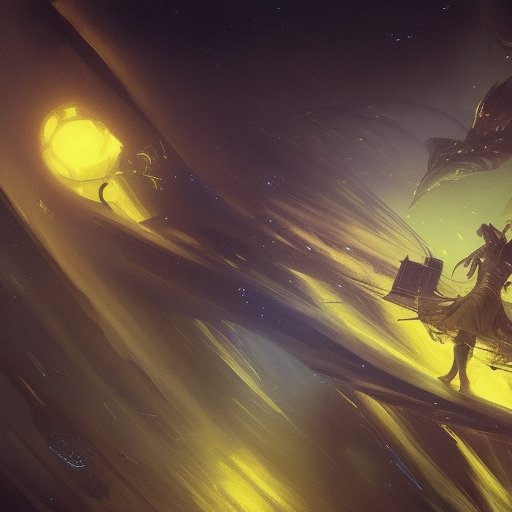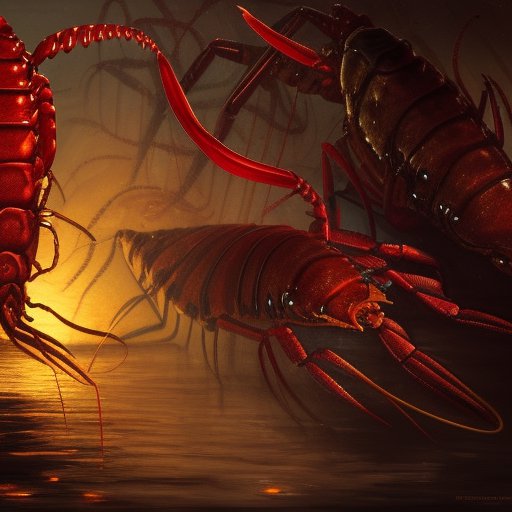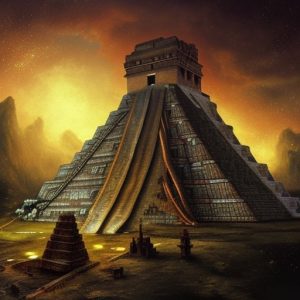
The Mayan calendar – this ancient piece of history has been haunting our imaginations and perplexing our intellectuals for ages. But why is it off by 3000 years? And how does it predict the end of the universe? We will delve into the significance of this calendar in this article. Join us on this cosmic adventure as we review the math and astronomy involved in the Mayan calendar. Moreover, we will examine the mystery behind the misinterpreted prophecy of 2012 and beyond. Is the universe truly coming to an end? Is a brand-new world awaiting us? Let’s discover for ourselves.
I. Introduction
Buckle your seatbelts, space travelers! We are about to embark on a journey through time and space as we unveil the secrets of the Mayan calendar. This ancient calendar system, developed by the Mayans of Central America, has bewildered and intrigued scientists and historians for centuries, and now it looks like it might even have predicted the end of the universe as we know it.
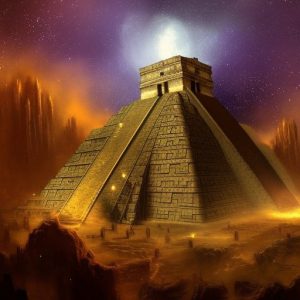
For years, people have misinterpreted the prophecies surrounding the Mayan calendar, particularly about the year 2012. Naysayers claimed that the end of the world would take place and doom humanity, but was that really the case? The true meaning and purpose of the Mayan calendar holds far more promise and mystery than any doomsday prophecy could ever entail.
In this article, we will examine the history and significance of the Mayan calendar, explore the methods of math and astronomy that were used to create it, and delve into the mechanics of its predictions. We will debunk the myths that have been perpetuated about the calendar and uncover the startling truth about what it was meant to predict.
If you are a seeker of knowledge and a connoisseur of the unknown, then this article is just what the astro-physicist ordered. Join us as we journey into the mystical world of the Mayans and discover the truth about the end of the universe. Get ready for a wild ride!
II. History and Significance of Mayan Calendar
As we prepare for our journey through the mysteries of the Mayan calendar, let us first delve into its history and significance. The Mayan people developed their calendar systems around 2000 BCE, using their knowledge of astronomy and mathematics to create a complex and precise way of tracking time.

The earliest version of the calendar is believed to be the Haab, a solar calendar with 365 days that included 18 months of 20 days each and an additional five-day period called the Wayeb. The Tzolk’in, on the other hand, was a ritual calendar consisting of 260 days used for religious ceremonies, divination, and prophecy.
The two calendars were combined to create the Long Count, a calendar of over 5,000 years that marked eras, and significant events in Mayan history. The Long Count was like no other calendar system in the world, as each date was represented by a set of five units or numbers.
The importance of the Mayan calendar is reflected in how it was embedded into their way of life, from governmental affairs to farming and even religious rituals. The Mayan people relied on their calendars to calculate the most auspicious times for planting crops and conducting important ceremonies.
While the Mayan civilization declined around the 10th century, their calendar system lived on, with many other cultures adapting and using it throughout the Americas. Today, the calendar still holds immense significance, not only as a historical artifact but also as a tool for tracking astronomical events and predicting the future.
The Mayan calendar is just one example of how ancient civilizations used their knowledge of math and science to create precise systems for tracking time. Its legacy has endured over many centuries, and will continue to enthrall scientists and historians for many more to come. With that, it’s time to look more closely at the math and astronomy behind the Mayan calendar.
III. The Mayan Calendar Math and Astronomy
The Mayan calendar system fascinates us Earthbound space geeks with its complex and accurate mathematical calculations. The calendar’s calculations correlate with complex astronomical observations that the Mayans made with high accuracy.
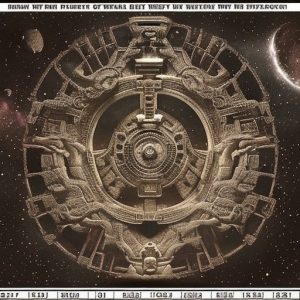
The Mayans were keen observers of the sky, and they used their observations to construct the calendar. They could even predict solar and lunar eclipses and other astronomical events with startling accuracy. Their calculations involved several cycles of time, which were then translated into their five different calendars.
The most well-known of these calendars is the Long Count, which marks time since the beginning of the current world cycle, which the Mayans believed began on August 11, 3114 BCE. It is said to have a duration of around 5,125 years. The Long Count divides time into smaller units of measure such as days, months, years, and even thousands of years.
This system’s accuracy was impressive, with the Mayans having even calculated the length of the solar year to within 16 seconds of the modern-day calculation. The Mayans were so advanced in their astronomical calculations that they had figured out the Earth’s axial precession cycle, a period of just over 25,000 years.
The Mayan calendar system is a testament to the brilliance of their civilization’s mathematical and astronomical knowledge. They were able to create a highly accurate calendar that could predict astronomical events and mark the passage of time with great precision.
IV. The Misinterpreted Prophecy – 2012 and Beyond
Ah, 2012 – the year that had everyone panicked that the end of the world was upon us. For many people, the Mayan calendar held the key to the apocalypse, and they were convinced that the world was about to go up in flames. But was that really what the Mayans were trying to tell us with their complex calendar? Or did we all just misunderstand what was really going on?

Let’s start by dispelling the myth that the Mayan calendar predicted the end of the world in 2012. To be fair, the Mayans did believe that the end of each cycle of their calendar would bring about significant change, but nowhere did they explicitly say that this change would result in the end of the world or even signal a massive catastrophe.
The 2012 prophecy seems to have been born from a misinterpretation of the Mayan Long Count calendar. It’s true that the Long Count calendar did end in 2012, but that doesn’t mean that the world had to end too. Just like our calendar ends on December 31st every year, only to begin again on January 1st, the Mayan calendar was designed to simply start over once it reached the end of a cycle.
So, what did the Mayans really think would happen at the end of their calendar cycle? Well, that’s a bit more complicated. There are a few theories, one of which is that the end of the cycle would bring about a time of great awakening and spiritual enlightenment. Others believe that it was meant to signal a period of rebirth and renewal, an opportunity to shed old ways and embrace new beginnings.
But whatever the end of the Long Count calendar really meant, it’s clear that the doomsday prophecies were overblown. Sure, the Mayans may have predicted change – significant change, even – but they never said that it would be the end of the world. So, all those who sold their homes and stocked up on canned food can breathe a sigh of relief – the world is still spinning, and we’re all still here.
V. The Real Truth – The Universe’s Predictable End
Have you ever wondered about the end of the universe? Sounds far-fetched, doesn’t it? But science may give us an answer, and predictability is the name of the game. With the help of the Mayan calendar, scientists have been able to pinpoint the mathematical equations that tell us our universe’s inevitable expiration date.
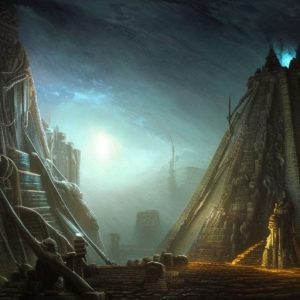
Here’s the thing: our universe isn’t infinite. Its lifespan is finite and calculable. The universe as we know it is always expanding, but eventually, the universe will run out of fuel to keep expanding. This event is called “The Big Freeze.” It’ll happen in approximately 10^16 years when the last stars fizzle out into cold, dying embers.
It all comes down to the amount of energy in the universe. Eventually, all of the stars will exhaust their fuel, the black holes will eat up matter until there’s nothing left, and after billions and billions of years, the cosmos will be nothing more than empty space, filled only with black holes, cold and alone.
But wait, there’s more. There’s a theory that goes even further: once all the black holes have eaten up all the matter in the universe, they will evaporate with the help of Hawking radiation. The universe will be nothing but tiny black hole remnants floating around. And then, even those will fade away, leaving an empty and cold void.
So there you have it: the universe’s end is a mathematical certainty; there is no avoiding it. The Mayan calendar’s predictions about the end of the world were not so much about the end of our planet, but about the end of the universe itself. So, while it’s all doom and gloom, at least we know what’s coming, and that it’s not Armageddon, but a simple case of physics.
VI. Conclusion and Future Developments
As we come to the end of our journey through the Mayan calendar, we can see that the predictions were much more complex than anyone could have ever imagined. It is clear that the Mayan people were far ahead of their time in both mathematics and astronomy, and their legacy lives on, even as we face the end of the universe.
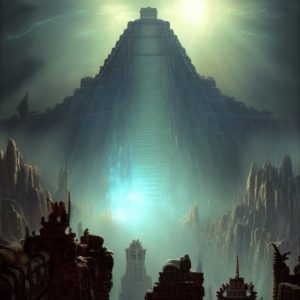
But what does the future hold for us? Will we be able to predict the end of the universe with greater accuracy? Can we unlock the mysteries of space and time using methods that the Mayans never even dreamed of? Only time will tell.
However, one thing is clear – the Mayan calendar has opened up new pathways of knowledge and understanding for us to explore. It has inspired generations of scientists and thinkers to push the boundaries of human knowledge beyond what we ever thought was possible.
As we move forward, we must continue to seek out new avenues of inquiry and use cutting-edge technology to explore the mysteries that surround us. And who knows -perhaps someday we will find the answers to the ultimate question of the universe: how will it all end?
In the end, the Mayan calendar has taught us that there is always more to discover and explore, and that no matter how much we think we know, there is always more knowledge to uncover. So let us embark on this journey together, hand in hand, as we explore the unknown depths of space and time. Who knows what wonders we will find?
